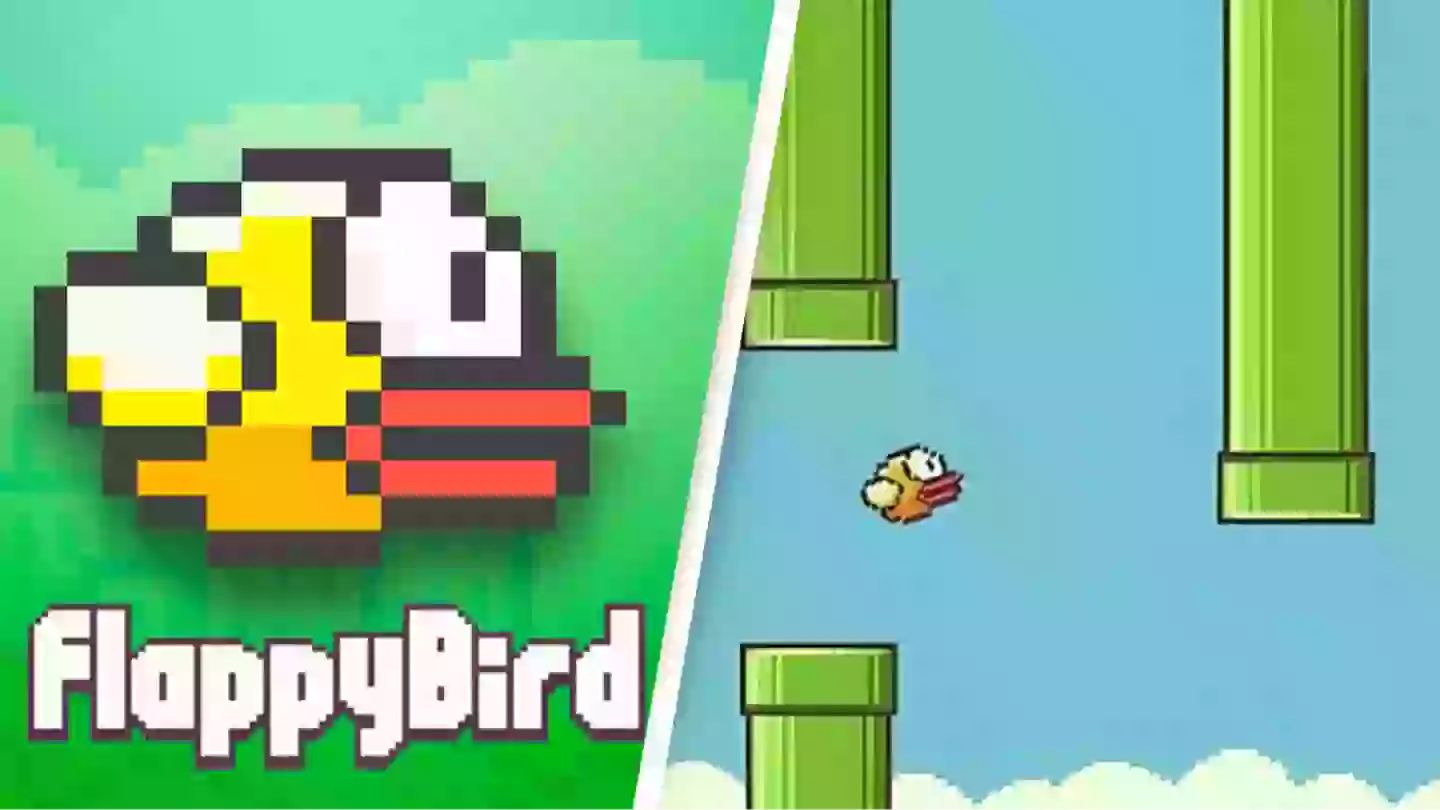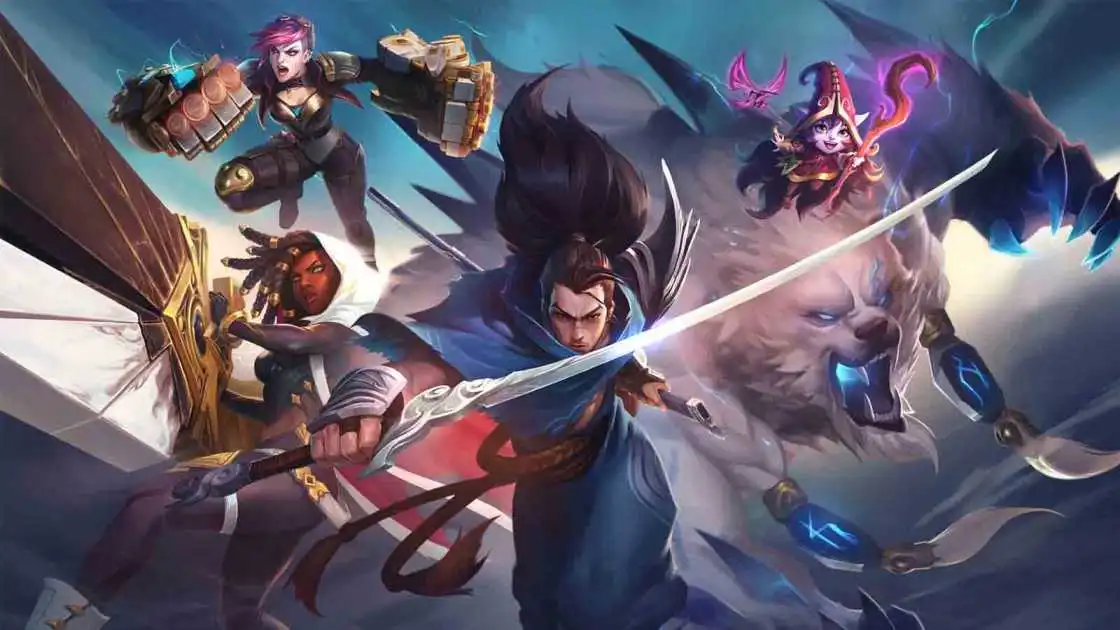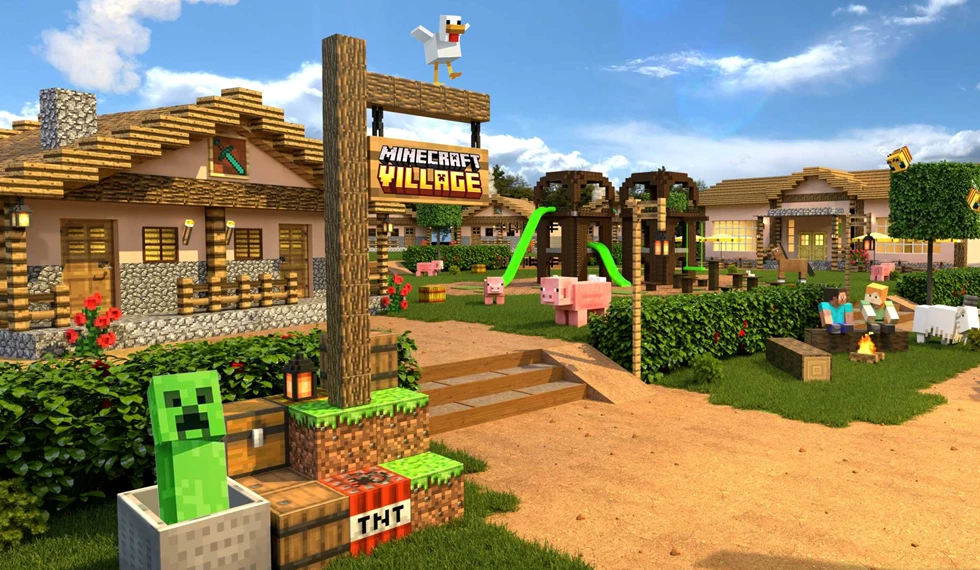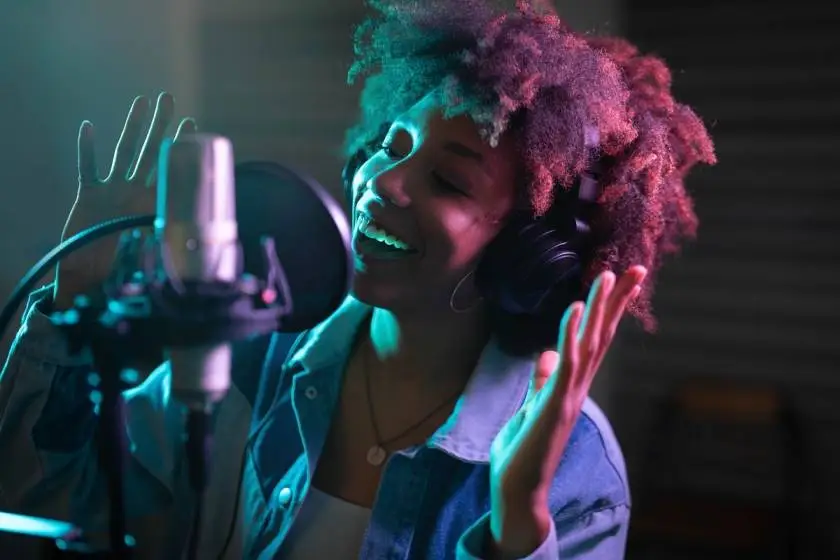
On the left is a scene rendered with our old materials. On the right is the same scene with our newly enhanced materials, our Future is Bright lighting technology, and physically-based rendering.
Today, we’re excited to signify that we’ve officially rolled out a number of advancements to our material system, moving them out of beta and into the hands of our broader community.
With this release, we’ve enhanced the visual quality of our unshortened existing library of materials, which includes brick, glass, metal, and many other worldwide materials, to make them squint and finger plane increasingly realistic than before. These material upgrades will be the default option for all new experiences moving forward. Creators can upgrade their existing experiences as they see fit (read our documentation here to learn how), and our archetype materials remain misogynist if developers wish to protract using them. In addition, creators now have wangle to a new, user-friendly Material Manager tool in Roblox Studio permitting them to make custom variations of our wiring materials to largest suit their stimulating vision. Now, surpassing we swoop any deeper into the details, let’s first take a step when and understand what materials are and what makes those on Roblox so unique.
Materials on Roblox are unreceptive to materials in the real world. They’re used to not only pinpoint the surface visitation of a 3D object but moreover its physical properties (like friction), which influence how the object behaves. For example, if you’re driving a car, the rubber material of the tires should behave as you would expect depending on the surface they’re on—they might skid on wet asphalt, or get stuck in the mud. This level of interactivity is essential to making experiences on Roblox finger like living, zoetic worlds.
Our engineers understand that in order for creators to build best-in-class experiences on our platform, we need to provide them with innovative and powerful tools. So, when we set out to ship all the same new components to our material system, we had two major goals in mind.
First, towers on the work we’ve washed-up to make physically-based rendering (PBR) available via our Surface Appearance construct, we wanted to provide creators with wangle to high-quality materials that squint and finger as realistic as possible out of the box. So, we built our materials from the ground up to fully utilize PBR, which recreates how light interacts with surfaces by simulating phenomena such as shading, reflections, and shadows in a realistic way.
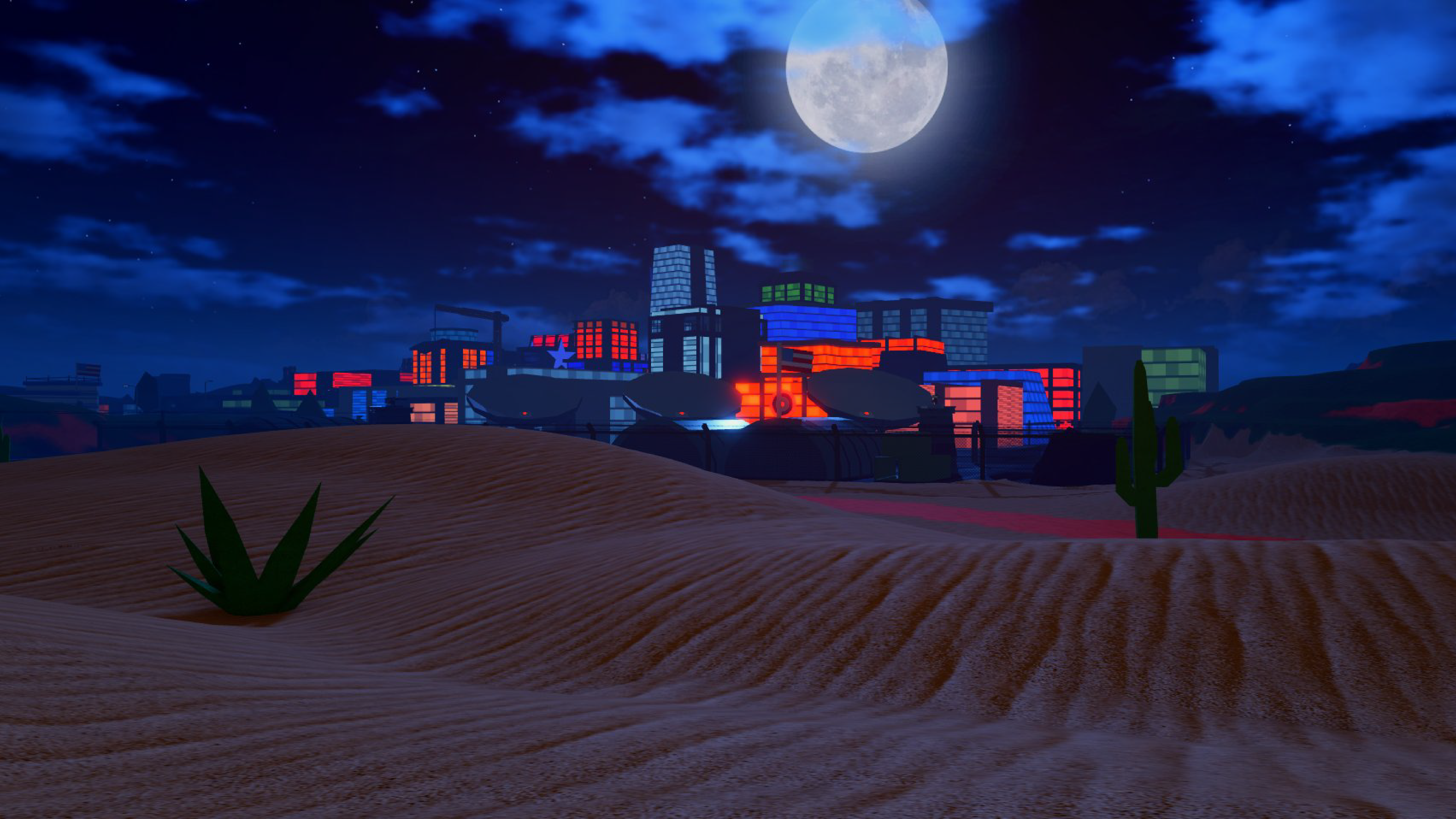
What’s increasingly heady is that by combining these new and enhanced materials with our “Future is Bright” lighting technology, creators can take the visual quality of their experiences to an plane higher level.
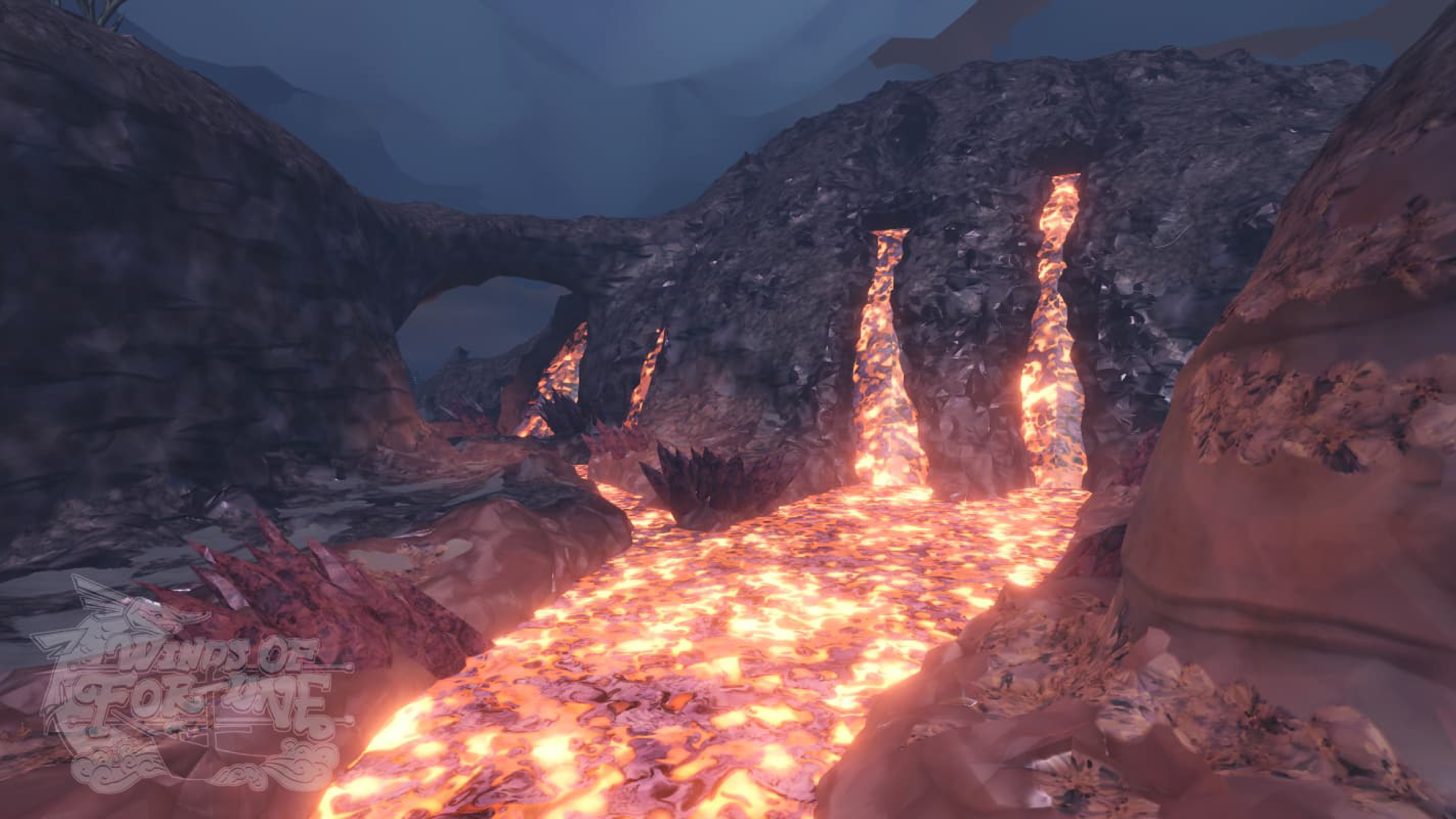
Second, in line with our vision to enable a fully user-generated content platform, we moreover wanted to requite people a user-friendly way to create, manage, and wield custom variations of our wiring materials in Roblox Studio. For example, creators could replace our seated brick material with their own custom anime-styled brick, making it easy to unzip unique visual styles for their experience. And, considering these are variants and not new wiring materials, they will automatically goody from future emergent policies based on the materials’ inherent simulation properties—no uneaten work required.
Taking the Long View
Our upgraded material system will enable creators to take their experiences to new heights while moreover providing us a foundation we can protract to iterate on. Our vision for materials is to make them an integral part of the minutiae process, giving people plane increasingly tenancy over the squint and finger of their content without requiring them to write lawmaking for behaviors we know to be true in the real world.
For example, an object made out of wood should reservation on fire when it’s exposed to a flame. Rainfall should pool on the ground and gradually seep into porous materials like dirt. Sounds should be muffled when passing through walls. These are the types of things we will enable by default so creators can focus on towers engaging experiences rather than worrying well-nigh the nitty-gritty technical complexities. Over time, we will moreover protract subtracting new wiring materials with simulation properties to our material library, giving creators an ever-expanding palette to work with as they bring their imaginations to life.
Our work with materials is never-ending, but with the launch of our new system, we’re excited to empower plane increasingly creators to build the most immersive and dynamic experiences possible on Roblox.
The post Introducing Custom Material Variants and New Enhancements to Materials appeared first on Roblox Blog.

